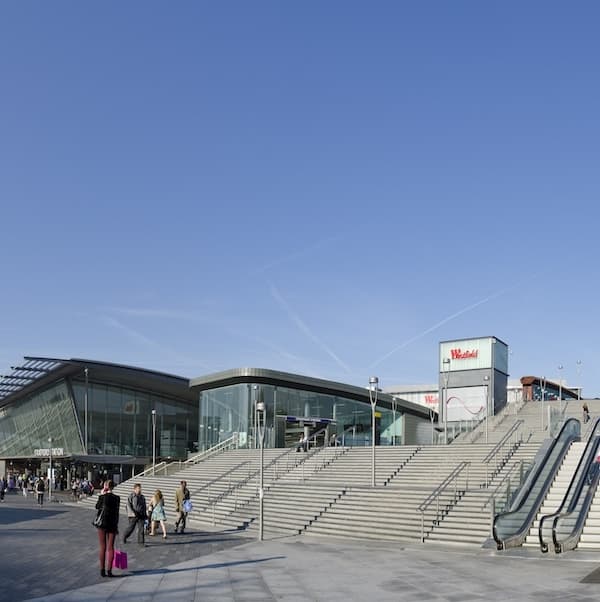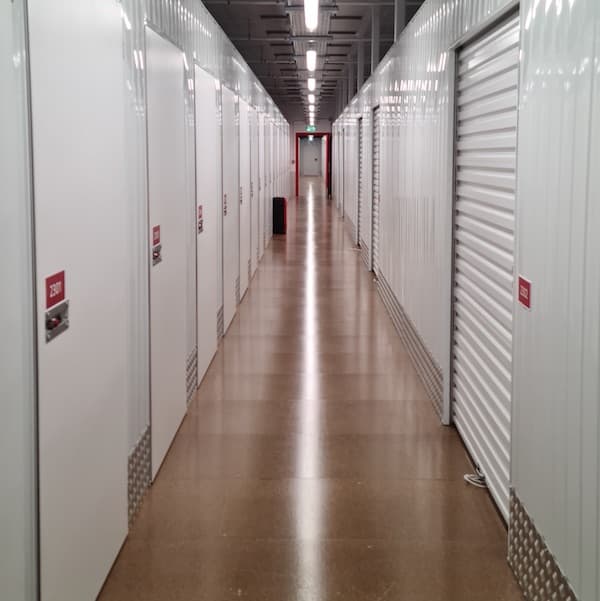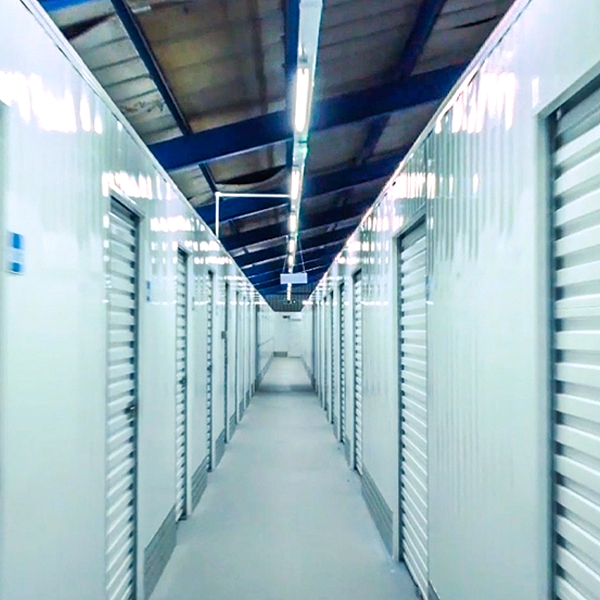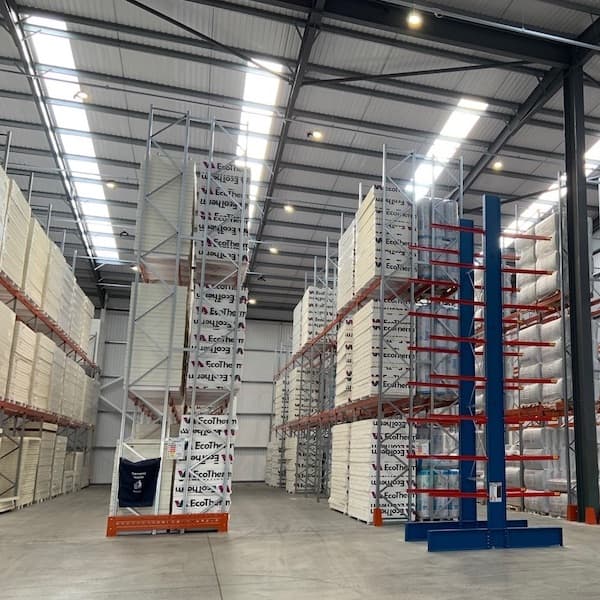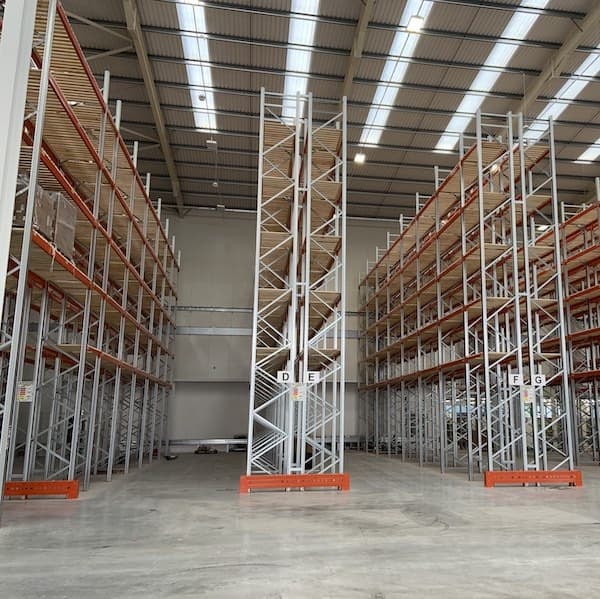- Mezzanine Floors
- Solutions
- Multi-Tier Mezzanines
- Mezzanine Pallet Safety Gates
- Mezzanine Staircases
- Mezzanine Handrails and Balustrades
- Mezzanine Decking
- Fire Protection for Mezzanine Floors
- Mezzanine Lift Shaft Design and Installation
- Resources
- Mezzanine Floor Calculator
- Mezzanine Floor Regulations and Building Control
- Self-Storage Mezzanine Floors
- Self-Storage Units
- Resources
- Self-Storage Site Selection Information
- Calculating The ROI of Self-Storage Conversions
- Planning for Automation in Self Storage
- Racking & Shelving
- Solutions
- Cantilever Racking
- Pallet Racking
- Coil Racking
- Longspan Shelving
- Tyre Racking
- Kimer Racking
- Live Storage Racking
- Drive In & Drive Through Racking
- Clip Shelving
- Mobile Shelving
- Custom Fabrications
- About Us
- USS Case Studies
- Self-Storage Fit-out For Raked Ceiling Building
- Mezzanine And Staircases For Entertainment Venue
- New Mezzanine And Staircases For Major Retailer
- Mezzanine Pallet Safety Gate
- Self-Storage Fit-Out Project For Brand New Facility
- Warehouse Racking, Wire Mesh & Shelving for New Warehouse
- Self-Storage Partition System & Components Installation
- Self-Storage Store Mezzanine And Staircases
- Multi-Tier Mezzanine For Logistics & Distribution Facility
- Warehouse Plant Platform
- Self-Storage Facility Space Expansion
- Mezzanine Floor For Distribution Warehouse
- Bespoke Feature Staircase & Mezzanine
- Single Level, Multi-Use Mezzanine
- Mezzanine For A New Building
- Mezzanine Floor For Plumbing Supplies Warehouse
- New Racking System and Mezzanine Floor
- Car Park Conversion To Self Storage Facility
- Pallet Racking and Cantilever Racking For Warehouse
- Two Mezzanine Floors For Self-Storage Facility In Birmingham
- Our Accreditations
- Contact Us
- USS Case Studies
Need Extra Space For Expansion? Make Unused Roof Space Work For You!
The Latest Blogs From USS
Self-Storage - a Serious Business With Beginnings Rooted in Our Social History
read
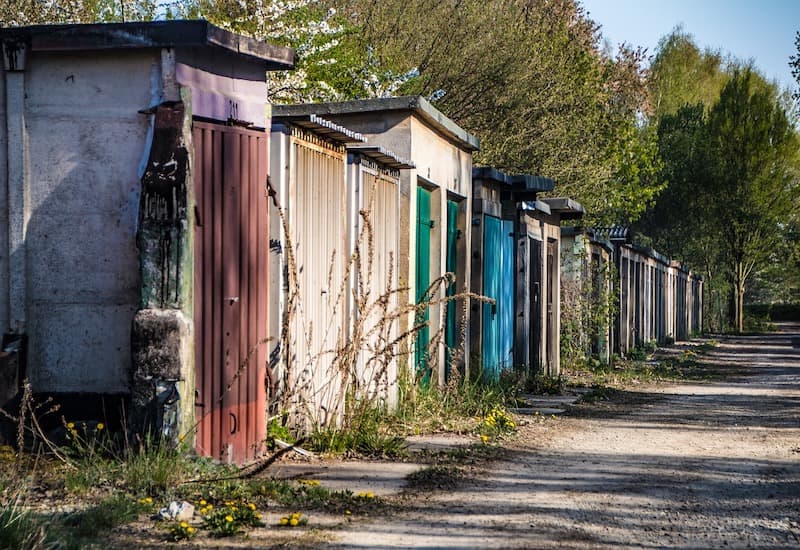
As we move into 2021 it seems clear that self-storage is one of the more robust and stable sectors when it comes to weathering the economic storms that the 21st century is likely to throw at businesses.
We’ve written previously about the fact that self-storage was one of the few sectors to emerge unscathed from the financial crash of 2008, and also on the resilience that self-storage facilities have shown in the face of the pandemic and economic lockdowns. Surveying the current landscape of the industry is useful, but it’s equally valuable to look back on the history of the sector and see how it emerged as the force it is today, from beginnings in the ancient world, through its creation as a mass-market business in the United States to a belated but none the less robust appearance in the UK.

Beginnings
It’s become something of a cliché to name an object or concept and then point out that it was, contrary to what anyone might think, actually invented in China. The list apparently includes the compass, football, mechanical clocks, gunpowder, paper and the abacus. As you might have guessed, self-storage units can also now probably be added to that list. Archaeological evidence from as long as 6,000 years ago indicates that Chinese members of the public – provided they were sufficiently wealthy to have excess belongings - were able to store their belongings in clay pots which were then safely stowed away in underground chambers and monitored to ensure that only the owners had access.
The next major development took place in the late 19th century, when the invention of the steam locomotive prompted the aristocracy in the UK to spend a lot more time travelling around the country. Being the aristocracy this travel tended to involve staying away from home for extended periods of time rather than simply popping to the seaside for the weekend, and so the aristocrats in question grew rather worried about the safety of their belongings while they were enjoying themselves. The initial solution was to store the more valuable items in bank vaults, but as the practice became more popular the banks found that their vaults were becoming overcrowded, and so they turned to utilising empty stables as self-storage units, renting the space as a secure solution for worried travelling aristocrats who wanted to be assured that their personal items and household goods were safe.
The United States
Around about the same time as UK banks were turning stables into temporary storage units, an American called Martin Bekin spotted a gap in the market created by the sheer number of immigrants who were at that time flocking to make a new life for themselves in the US.

Many of these immigrants arrived carrying all of their worldly possessions but with very little money, and were therefore not able to afford to rent anywhere large enough to store everything they’d brought with them. By 1891 Martin, alongside his brother John Bekins, was running the Bekin Van Lines transport company in Omaha, Nebraska and in 1906, having spotted the gap in the market, they built the first concrete and steel warehouse expressly designed to act as a self-storage facility in Los Angeles. The concept was such a success that they were soon able to expand and open a second facility in San Francisco.
It took until the 1960’s for the concept to truly take off as a nationwide business, a development that had its “kick start” when an oil tycoon named Russ Williams began buying up apartments in order to store his fishing equipment. Having used all the space he required, he then began to rent out the excess to customers who needed storage. This marks the point at which the storage industry in the US became genuinely self-service - in a way we’d recognise today.
Self-Storage in the UK
It’s probably accurate to say that self-storage in the UK emerged in two different forms throughout the 1970s. The first of these involved a businessman called Rodger Dudding, who has been nicknamed ‘Mr Lockup’. Dudding first began buying up individual lockup garages in the early 70’s, having spotted the potential for buying unused space and then renting it out for storage. At the time – and the same is probably still true today – there was no national register of garages of this kind, which meant that Rodger Dudding was able to build up his vast portfolio of units by simply driving around and spotting them located in back streets or behind blocks of flats. Having located the garages he would wait for someone to come and use them and then ask who the owner was. It may sound cumbersome but it enabled him to build up a collection of more than 12,000 garages and a fortune estimated to be worth more than £100m. In the early days he was working on the assumption that people would rent the garage space from him in order to store their cars, but discovered that more than 80% of users were storing domestic possessions. If you need an indication of just how wise the investment in the earliest form of UK mass self-storage turned out to be then look no further than the fact that Rodger Dudding now owns the biggest collection of classic cars in the UK, with more than 350 vehicles.

If you’re looking for the emergence of self-storage facilities in the form they now generally take, however, then the person responsible – to the degree that he’s been nicknamed ‘the father of UK self-storage’ – is Doug Hampson. Doug was driving past a large self-storage facility in Los Angeles in 1977 when he had a moment of inspiration, noting, as he said, that such facilities were “…. very basic, nobody lived in them, there’s no plumbing, and what you had to do to keep your customers completely satisfied was very little.”
When he returned to the UK in 1979 he acted on this revelation, founding Abbey Self-storage with his wife, buying up disused factories and warehouses and converting them into the kind of self-storage facilities we see across the whole of the UK today.

By the early 90’s the potential offered by self-storage as an investment was becoming apparent, and Philip Burks, James Gibson and Nicholas Vetch, having already made their fortune in retail property, formed a self-storage company and, for the first time, were able to raise significant backing from the City of London to fund expansion.
For an insight into the potential of self-storage for investment, you don’t really have to look any further than the words of Andrew Jacobs, founder of the Lok'nStore empire, who summed up his first reaction to realising how much money there was to be made in self-storage by claiming that he "felt like I'd come into the kitchen and there was a briefcase of £20 notes sitting on the table that nobody else could be bothered to take".
Do you have a self-storage investment project you'd like to discuss with our self-storage team? No matter what stage you are at, we'd be happy to advise.
Fill in our contact form with your details and we'll get right back to you.
This blog is for information purposes only and should not be construed as legal or financial advice and not intended to be substituted as legal or financial advice.
Find Us
S & L United Storage Systems Ltd
United House, The Street
Takeley, Bishop's Stortford
Hertfordshire, CM22 6QR
Company No. 1313816
VAT No. 291616253Say Hello
01279 871 787Copyright © 2025 S & L United Storage Systems Ltd. All rights reserved.
- About Us

